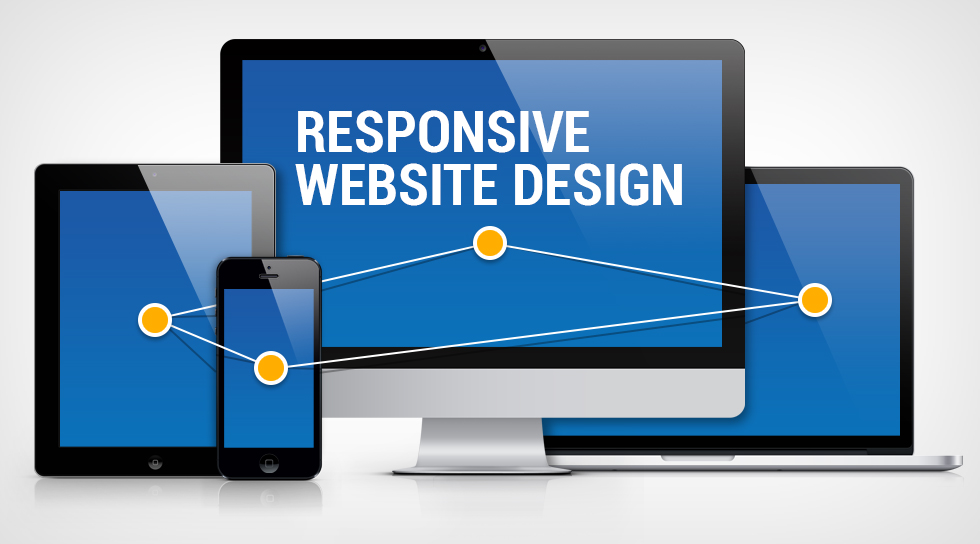
Using mobile devices to browse the web remains to grow at an immense rate. These devices are often limited by screen size and need a different methodology for displaying the content on the screen. A simple responsive web page is not just a method; it is a basic idea of how a website is designed and built.
A responsive web design basics meet the needs of users and the devices they use. Here are the main essential elements of responsive website basics design.
Design
Grid layouts can be used for the complete website, comprising of body content and sidebars. Different websites are designed in grids, which flow from left to right and top to bottom. One of the famous systems is the 960grid system, often used in 12 columns. Therefore, two adjacent blocks occupying the entire width of the page are every 6 and 6 columns in a 12-column grid.
CSS and HTML
The basis of responsive design is a mixture of HTML and CSS, the two languages that control the content and layout of the page in any web browser. HTML primarily contains the structure, elements, and content of a simple responsive web page. CSS is used to change the layout and layout of the elements that you include in a page that contains HTML.
Breakpoints
CSS3 media queries make restrictive boundaries where browser rendering of a specific device type triggers alternative styles. For mobile-first buildup, use the maximum display breakpoint to create the first desktop release against a minimum width boundary. Breaks can be set to any size, but they tend to conform to the most common dimensions of every desktop, mobile landscape, tablet portrait, and tablet portrait.
Flexbox layout
Flexbox is one of the responsive website basics. It is a CSS module specially designed as an effective way to design multiple elements. The flexible container grows items to fill or shrinks the available free space to prevent overflow. These flexbox containers contain several unique properties, such as configuration content, which you cannot change with a standard HTML element.
Speed
When trying to create a responsive design for your website, the loading speed should be a priority. The average bounce rate for pages downloaded in 2 seconds is 9%, while for pages that take 5 seconds, the average bounce rate is 38%. The responsive website design should not block or delay the first view of your page for longer than necessary.
Flexible images
Flexible images are very vital for a responsive website design. You need to think about how to resize the image. Think about how it would look on a large screen and how it would like on a small mobile screen. From the perspective of development, code will let the images be resized to a percentage of the browser window’s width.
Media inquiries
Media query is an essential part of CSS3, which allows you to display content to fit various factors like screen size or resolution. This works the same as the if condition in some programming languages and essentially checks whether the display frame is wide enough or too wide before implementing the appropriate code.
These are the main elements of responsive web design basics. Consider these elements for a responsive website design.